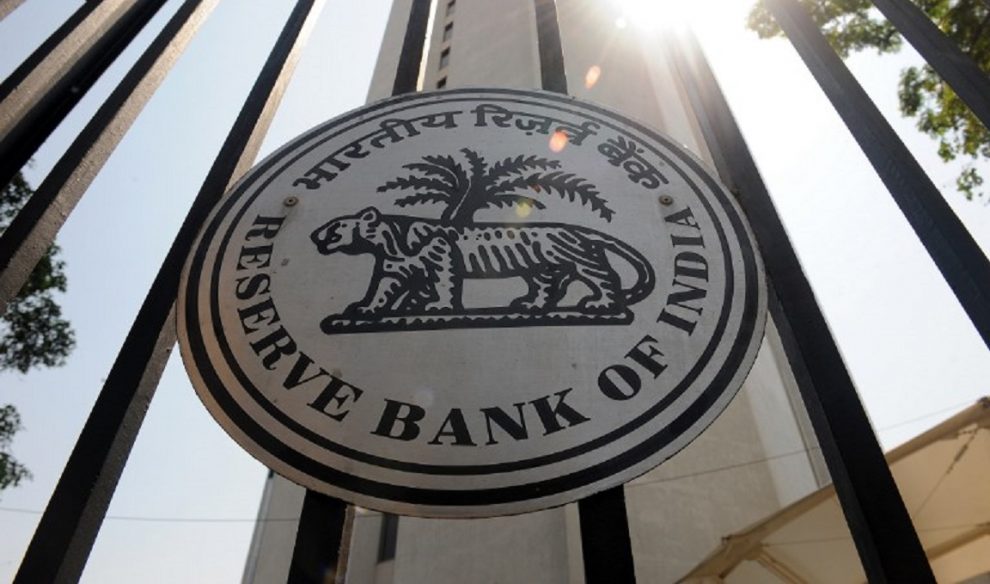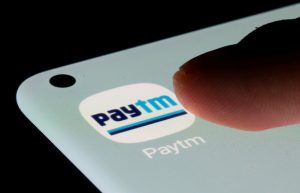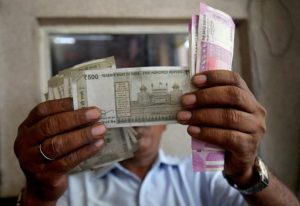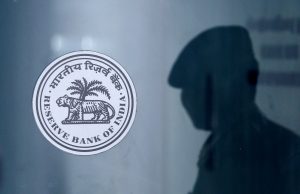The Reserve Bank of India (RBI) monetary policy committee kept the bank’s key lending rate at a record low on Friday, as expected, as it sought to support economic growth even as inflation edged higher in the aftermath of the Russia-Ukraine war.
The monetary policy committee held the lending rate, or the repo rate, at 4%. The reverse repo rate , or the key borrowing rate, was also kept unchanged at 3.35%.
RBI governor Shaktikanta Das said the panel also voted to keep the monetary policy stance “accommodative”.
But the central bank said it would restore the width of the liquidity adjustment facility to 50 basis points, which was seen as a first step to move away from the ultra loose monetary policy embraced during the Covid-19 pandemic.
It also raised its inflation forecast to 5.7% for the current fiscal year compared with 4.5% in the last fiscal year.
Das said it will engage in a gradual withdrawal of liquidity over a multi-year timeframe beginning this year. Das said economic activity is barely above pre-pandemic levels but continues to steadily recover.
All but six of 50 respondents polled by Reuters between March 29-April 5 forecast no change in the repo rate on Friday. Thirty-two expected rates to still be unchanged by end-June.
Inflation has held above the RBI’s 6% upper threshold so far this year, casting doubt on its current strategy of keeping rates low to bolster growth even as some other central banks are already raising borrowing costs to tamp down price pressures.
India’s 10-year benchmark bond yield rose above 7% after RBI policy decision, while the NSE Nifty 50 index was up 0.3% at 17,691 points in early trading. The S&P BSE Sensex rose 0.25% to 59,181.17.
Traders were also closely watching for any measures to support the bond market in absorbing the government’s record $14.31 trillion borrowing programme.
- Reuters, with additional editing by George Russell
READ MORE:
Paytm Shares Dive Again After RBI’s Data Probe Order
RBI Might Have Delayed Crypto Bill – Deccan Herald
Digital Rupee Will Help Cut RBI’s Operational Costs – ET























